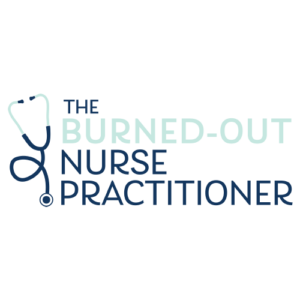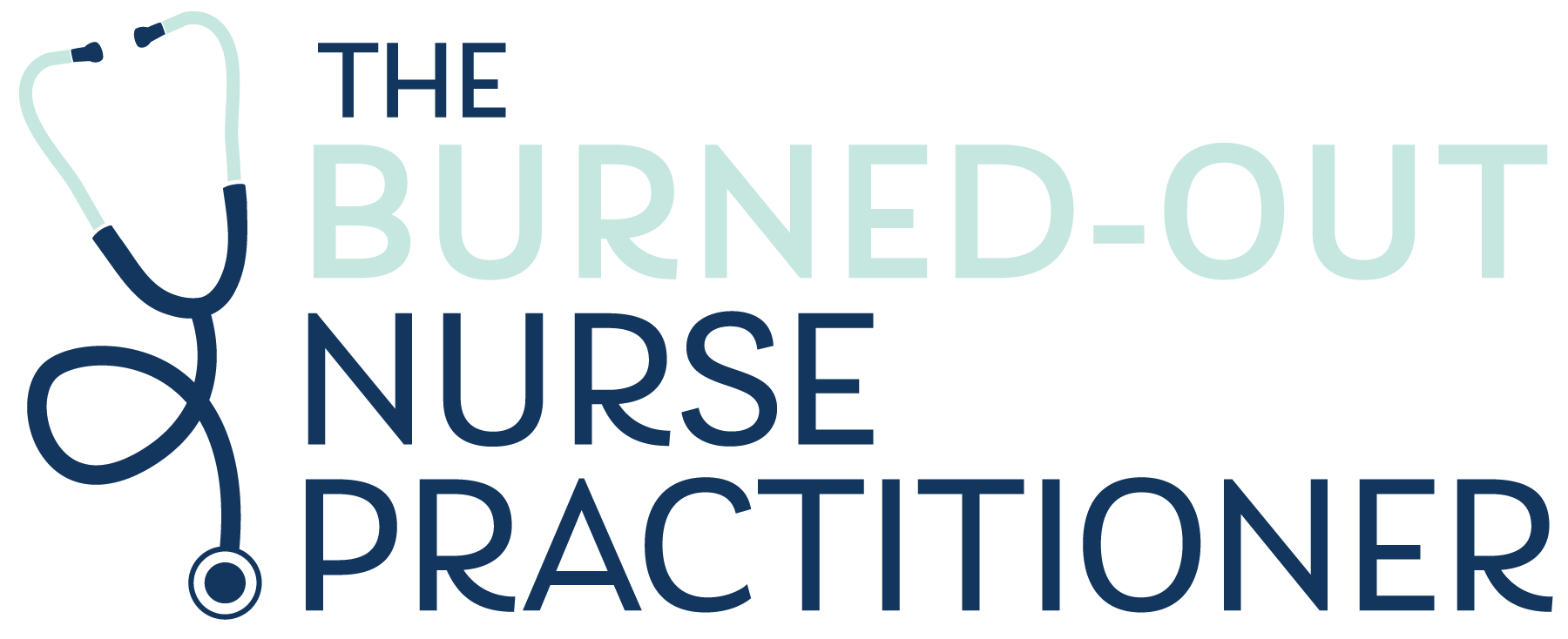Guest blog post by Jessica Reeves, MSN, MPH, APRN. Jessica is the author of Secrets from the World’s Most Productive Nurse Practitioner.
If you are a Nurse Practitioner, you have also been a nurse – and as a nurse, you understand a thing or two about the subtle art of triage. You know that it’s not always as simple as first come, first served; there are shifting priorities at play in assigning a level of urgency to the patients in front of you. A broken arm may find itself in the waiting room for a while if a car crash with head trauma arrives followed quickly by crushing chest pain.
Your EMR inbox is no different than an emergency room. There is a stream of arrivals (never steady, never predictable, but always at least a little something going on), which will all need attention at some point. Some things that arrive will be very nearly on fire, others will simply be smoldering. Just as a triage nurse is responsible for recognizing the difference and making judgment calls about each, the Nurse Practitioner must recognize the difference in the inbox and make judgment calls.
The World Health Organization (WHO) has a set of triage categories for mass casualty incidents. While your EMR inbox is probably NOT a mass casualty, I’m sure at times (beginning of the week, after you have been on vacation, end of the day, middle of the day – okay, maybe pretty often), it can feel like a disaster. Approaching your inbox like a disaster will actually make it easier to deal with because you have a system. There may be no shorter route to becoming overwhelmed than to open a full inbox without a plan and to start responding to the first thing you see.
I have adapted the WHO criteria for inbox purposes here; let’s go through it:

Source: ,https://www.ncbi.nlm.nih.gov/books/NBK459369/
*WMPNP: World’s Most Productive Nurse Practitioner
Now for a slightly deeper dive into each of these categories.
RED level items will tend to take care of themselves in that they will either find their way to you. For example, a critical lab result should not be festering in an inbox – the lab should be in touch with your office as soon as they discover it, as it requires immediate action. You may also be seeking these items out; if you ordered stat labs or imaging on a patient, you know you are going to be clicking refresh every chance you get to see if the results have come in. My tip: don’t worry too much about RED items for these reasons – they are probably going to pop onto your radar without you needing to do too much about it.
GREEN items are the least worrisome. These are your FYI items, such as a courtesy copy of another provider’s visit note. It’s great to know that the patient was able to be seen by PT, for example, but it’s not anything that you need to act on this minute. These are the items that you will glance at and then remove from your inbox (your EMR should automatically retain a copy in the patient’s chart, separate from your inbox). These things can wait – if an item in the GREEN category does require action, it is not time sensitive. Depending on your charting system, these may already be sorted into a folder that will make it easy to leave them alone until you have time to (quickly) go through them; they may be sorted into folders like Communications From Other Providers or Visit Notes within your inbox. (If they are not automatically sorted this way, work with your IT department or local power user to see about getting them to sort that way – there is usually a way to make this happen.)
The items that are going to take up the most time are your YELLOW items. Like the patients in the WHO Mass Casualty definitions, these are things that need attention, but can wait…a little while. There is a wide variety of items that can fall into YELLOW: abnormal (but not critical) lab results; communications from other providers and staff; communications from patients; discharge summaries; the list goes on (and on, and on).
Within the YELLOW category, there are some things that will take more time – like reading a detailed discharge summary of your patient who was admitted through the ED for exacerbation of heart failure. This is an item that will take a chunk of time to go through once, and then it will be done (a patient like this probably has a follow up appointment scheduled; if not, you should send a note to your scheduler to make that happen).
There are other things that will take some back and forth, and for that reason, will take up little bits of time spread over a bunch of back-and-forth; think of a patient with a fasting blood sugar of 126. Was this patient fasting? What was their previous fasting blood sugar? You might want to get an A1C and get an idea of the bigger picture. Check the chart for previous results, place the order for the A1C, and ask the phone nurse to schedule another appointment with the patient (with the A1C drawn IN ADVANCE of that visit). Assuming that you are able to do all of this without interruption (which is a challenge in itself), this could easily take 3-5 minutes – and this is just one item from the YELLOW category.
The BLACK category is, on the surface, the easiest to handle. This is where you might find the greatest leverage in terms of clearing the clutter. BLACK items are things that are expired; I think of a patient who wondered about whether swallowing the small sticker on the apple he was eating warranted evaluation. He was able to breathe and swallow fine, but…by the time I saw the message, he had decided not to wait a minute longer, and went to the Emergency Room for evaluation. BLACK items are the items that have expired or otherwise been addressed – you can delete them from your inbox and get on with the rest of your day.
The first step in handling something is to know what it is that you are attempting to handle; the second is to have a plan. Applying your triage skills within this framework is an approach that can help to calm the overwhelm and flip your inbox from disaster to something that you are able to manage, rather than something that manages you.
Jessica Reeves, MSN, MPH, APRN is a Nurse Practitioner and coach based in New Hampshire. She is also the author of Secrets From The World’s Most Productive Nurse Practitioner (available wherever books are sold). Learn more at OURcoach.online, or email her at worldsmostproductivenp@gmail.com.
For more tips and tips on charting and time management, check out The Time Management and Charting Tips Course.

For time management and charting tips, check out The Nurse Practitioner Charting School– The one stop for all documentation resources created specifically for nurse practitioners. Learn more at www.npchartingschool.com

**Full disclosure, this blog post may include affiliate links. I do receive a commission if any of the affiliate programs/services/supplies are purchased. This is at no extra cost to you but does allow me to continue to provide content as The Burned-out Nurse Practitioner! Thank you!

**Full disclosure, this blog post may include affiliate links. I do receive a commission if any of the affiliate programs/services/supplies are purchased. This is at no extra cost to you but does allow me to continue to provide content as The Burned-out Nurse Practitioner! Thank you!




